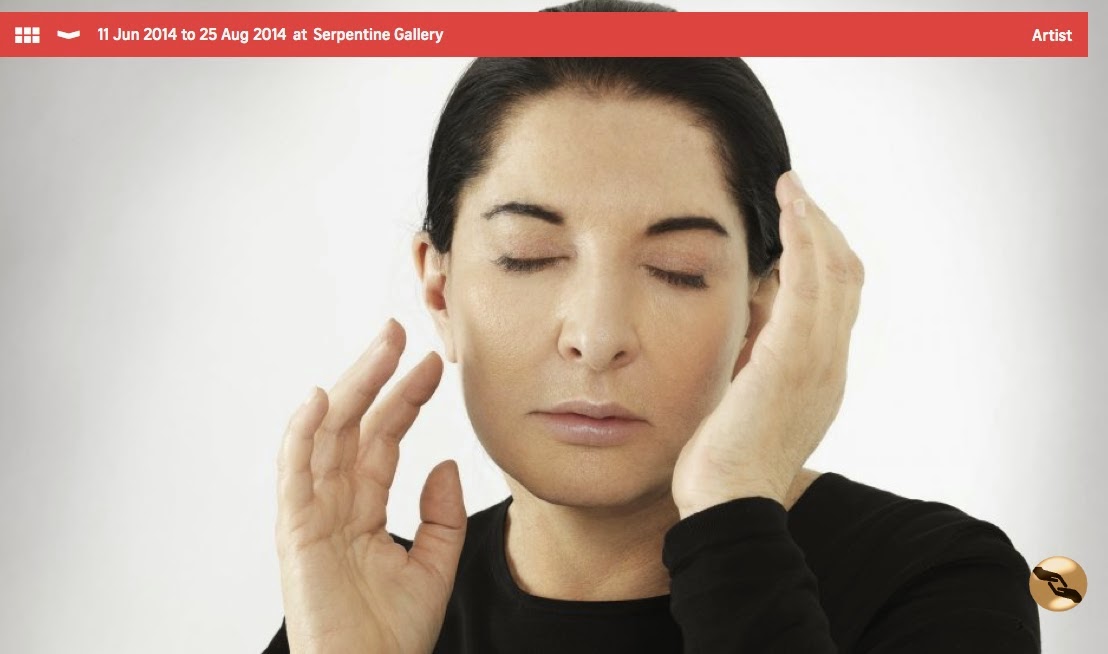links to news of the death of artist Gordon Bennett 3 June 2014
Richard Bell tribute
'Bennett will be remembered as a hero of Australian art whose practice took aim at race relations, power imbalances, dominant histories and social conventions, producing some of the most iconic images of Australian art history over the past three decades.'
ArtAsiaPacific
Jeremy Eccles in Sydney Morning Herald
National Gallery of Victoria resources
Friday, 22 August 2014
Saturday, 9 August 2014
Mellor in Edinburgh
Danie Mellor at the National Museum of Scotland
Acclaimed contemporary Australian artist Danie Mellor’s current exhibition Primordial: SuperNaturalBayiMinyjirral responds to an array of wonders and objects from the worlds of science and nature for his current exhibition in the light-filled Victorian architectural granduer that is the National Museum of Scotland.
Review
Acclaimed contemporary Australian artist Danie Mellor’s current exhibition Primordial: SuperNaturalBayiMinyjirral responds to an array of wonders and objects from the worlds of science and nature for his current exhibition in the light-filled Victorian architectural granduer that is the National Museum of Scotland.
Review
Wednesday, 6 August 2014
Marina Abramovic
Performance artist Marina Abramovic has influenced generations of performance artists since the 1970s and worked in partnership with Ulay from 1976 to 1988.
Abramovic's durational performance 512 Hours is at the Serpentine Gallery from June 11 to 25 August 2014.
This work is experienced in a very individual and personal way since it calls all attendees to become participants in the durational performance just by being there.
Abramovic video diaries of 512 Hours is here
We MustWait review by Brian Lobel here
Immaterial Digital Diary & Archive and MA Institute here
List of press articles with PDFs here
Of more interest to me is that Abramovic and Ulay spent time in Australia in 1979 they were west of Lake Disappointment in the Little Sandy Desert, then again in 1980-81 travelled to Papunya and the Gibson Desert ( Leonora to Mount Newman). In Papunya they met Charlie Tararu Tjungurrayi who collaborated with them to make 'Conjunction' (1983) in Amsterdam, one work out of 22 performance series Nightsea Crossing.
Link to Nightsea Crossing here and a clip here
Conjunction here
A useful critique here
The ease with which the artists romanticised and orientalised others is clear in the 70s and 80s, and Green suggests:
Abramovic and Ulay, it might be argued, were indulging in a problematic exploitation – an orientalisation – of Aboriginality and Tibetan culture through stereotyping. The chromatic coding [of their costumes] could be understood to fix their collaborators in aspic, according to which ‘Aboriginal’ art or ‘Tibet’ would indicate the condition of a ‘spiritual’ thing, thus undermining from within the primary sense of the collective inaccessibility from which these works emerge.
Charles Green The Third Hand: Collaboration in Art from Conceptualism to Postmodernism (Sydney, 2001)
Jennifer Phipps, 'Marina Abramovic/Ulay/Ulay/Marina Abramovic,' Art & Text, no. 3 (Spring 1981): 43-50
Charles Green, 'Group Soul: Who Owns the Artists Fusion?' in Third Text, Vol. 18, Issue 6, 2004, 595-608
DOI:10.1080/0952882042000285005
 |
| Marina Abramovic 512 Hours, Serpentine Gallery |
This work is experienced in a very individual and personal way since it calls all attendees to become participants in the durational performance just by being there.
Abramovic video diaries of 512 Hours is here
We MustWait review by Brian Lobel here
Immaterial Digital Diary & Archive and MA Institute here
List of press articles with PDFs here
Of more interest to me is that Abramovic and Ulay spent time in Australia in 1979 they were west of Lake Disappointment in the Little Sandy Desert, then again in 1980-81 travelled to Papunya and the Gibson Desert ( Leonora to Mount Newman). In Papunya they met Charlie Tararu Tjungurrayi who collaborated with them to make 'Conjunction' (1983) in Amsterdam, one work out of 22 performance series Nightsea Crossing.
Link to Nightsea Crossing here and a clip here
Conjunction here
A useful critique here
The ease with which the artists romanticised and orientalised others is clear in the 70s and 80s, and Green suggests:
Abramovic and Ulay, it might be argued, were indulging in a problematic exploitation – an orientalisation – of Aboriginality and Tibetan culture through stereotyping. The chromatic coding [of their costumes] could be understood to fix their collaborators in aspic, according to which ‘Aboriginal’ art or ‘Tibet’ would indicate the condition of a ‘spiritual’ thing, thus undermining from within the primary sense of the collective inaccessibility from which these works emerge.
Charles Green The Third Hand: Collaboration in Art from Conceptualism to Postmodernism (Sydney, 2001)
Jennifer Phipps, 'Marina Abramovic/Ulay/Ulay/Marina Abramovic,' Art & Text, no. 3 (Spring 1981): 43-50
Charles Green, 'Group Soul: Who Owns the Artists Fusion?' in Third Text, Vol. 18, Issue 6, 2004, 595-608
DOI:10.1080/0952882042000285005
Subscribe to:
Comments (Atom)
Indigenous design | agencies | processes
IDIA Indigenous Design & Innovation Aotearoa Local Contexts Frameworks for culturally appropriate engagement with cultural heritage he...
-
IDIA Indigenous Design & Innovation Aotearoa Local Contexts Frameworks for culturally appropriate engagement with cultural heritage he...
-
Staring back review Authenticity and Australianness Stephen Morgan Muecke etal Looking Glass